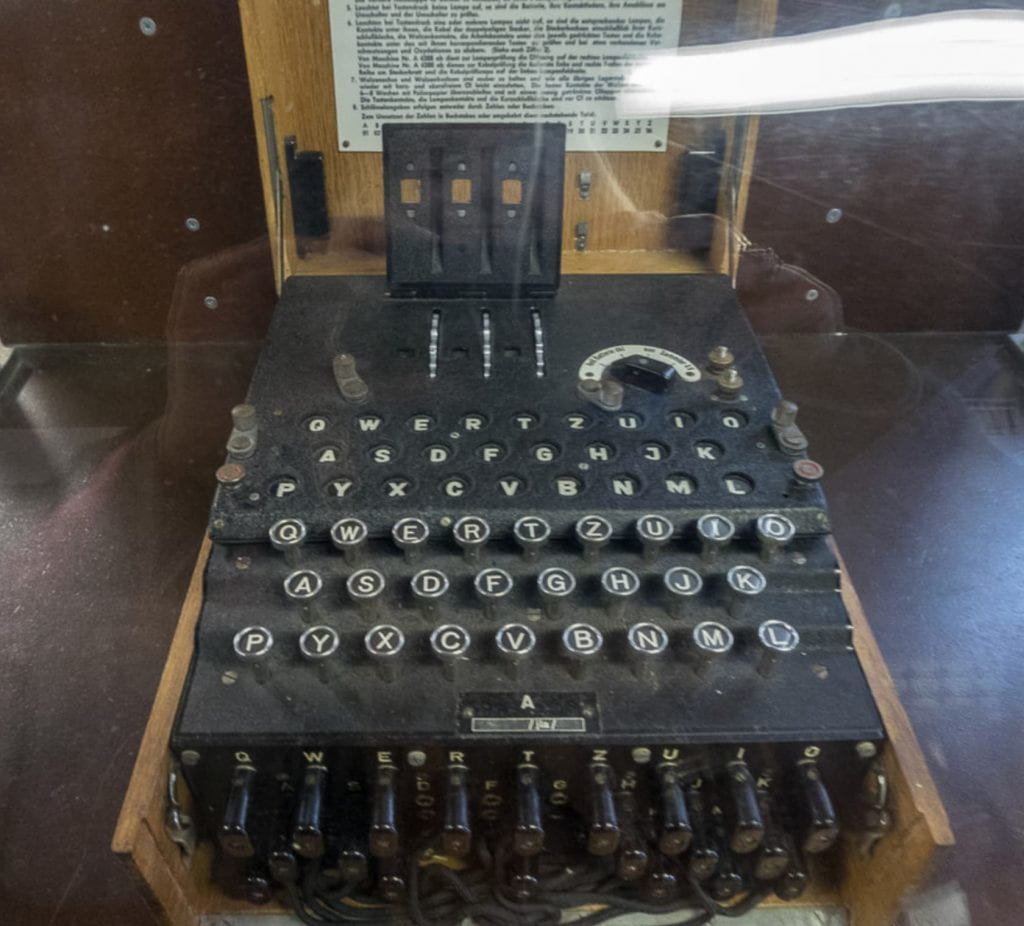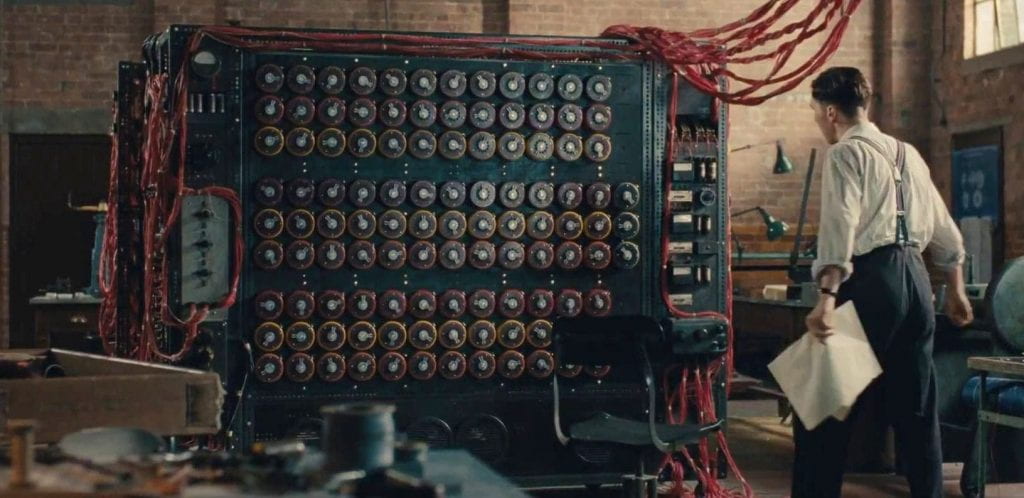Alan Turing: The Unrecognized Hero
Lara Gonzalez
While The Imitation Game is a hugely popular movie that received rave reviews the true story that it is based on did not have nearly receive as much critical acclaim. The movie grossed $91.1 million at box office and has an 89% score on Rotten Tomatoes. The Imitation Game is an almost two-hour movie that depicts the life of Alan Turing, a trailblazing mathematician. The movie depicts Turing’s journey cracking German codes during World War II.
During World War II communication, the Germans used the Enigma Machine, which made cracking coded German messages impossible for the Allies. Every 24 hours, the machine resets along with its 159 million million million settings, as often quoted in the movie. At Bletchley Park, Turing along with a group of Britain’s top mathematicians were put on a team to break the machine. He isolates himself to construct a machine that will decipher the Enigma messages.
A secondary plotline unfolds throughout the movie that sparked sympathy while viewing it in class. Alan Turing is gay, and his internal struggle started as a child. He had a lover, Christopher, who offered him relief from the intense mental and physical bullying from his peers. One day, Christopher suddenly dies. Throughout Alan’s childhood, he felt isolated and different. As an adult, he does not trust those around him, and those around him do not trust him. Ultimately, after much hardship, he successfully finishes his machine with his team, and names it Christopher. In 1952, he was arrested for being gay, and was forced to undergo hormonal treatment. He committed suicide a year later, at age 41.

After watching the movie, the class visited Bletchley Park, where all the Allied code breaking occurred during World War II and Alan performed his legendary work. This movie put Alan Turing’s name in the public view, but his story remained unpopular for very long. At Bletchley Park, the class was able to see the National Museum of Computing. It holds a replica of Alan Turing’s Machine and an enigma machine. One can see in person the true math and codebreaking side of Alan’s story. One can also explore the Bletchley Park mansion, that held the top officials and secret teams of the codebreaking project.

A common theme addressed in class is how war is remembered. The true story can be distorted through memory, propaganda, and media. While the movie put Alan’s story into the public sphere, visiting Bletchley Park gave the class the real story, since there were a few details in the movie that were not historically accurate. Suhi Choi, who writes about the Korean War and the meanings behind memorials, offers a unique point that “memories are continuously reconstructed in a way that reflects the ongoing interactions between the past and present” (Choi 2). It makes one reflect if it is possible that Alan’s story, which was not made public until the 1970s, was never reported in the general media because he was gay. Now that a more accepting society has developed, the public may be ‘comfortable’ with his story and will support his efforts. It was not until 2009 that the British government apologized for the way he was treated. In addition, Choi notes the importance of “…the influx of counter memories as well as the reemergence of power relations in the memory process” (Choi 2). Alan Turing’s story is not like one of a traditional war hero. He was gay, an outsider, and not a traditional war leader, like a general would be. Even though he saved millions of lives, more than any other British war hero during World War II, the British government punished him. His story is one of genius and resilience that is unlike any other war story, and he is finally getting the recognition he deserves. For so long, he was not remembered because he did not fulfill the war hero stereotype, but the counter memories are finally overcoming the power relations in revealing Alan’s story.





